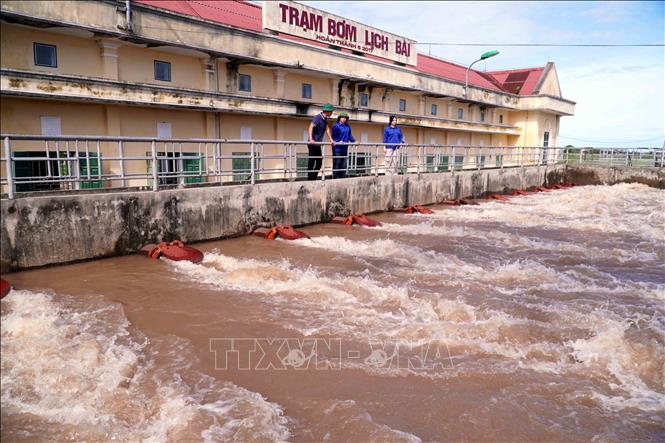
Specifically, the Northern region was severely affected with 24,186 hectares of crops flooded and damaged, concentrated in Hanoi (11,597 hectares), Phu Tho (7,134 hectares), Tuyen Quang (2,393 hectares), Lao Cai (1,351 hectares), Thai Nguyen (1,167 hectares) and Bac Ninh (544 hectares).
In the North Central region, the total flooded area recorded was 19,938 hectares; of which Thanh Hoa suffered 7,400 hectares of damage, Nghe An 10,542 hectares, Ha Tinh 1,552 hectares and Quang Tri more than 444 hectares.
Faced with prolonged floods, localities have urgently operated drainage systems. In the North, 290 pumping stations with 1,142 machines have been put into operation along with 17 drainage culverts, mainly in Hanoi, Phu Tho, Bac Ninh and irrigation management units such as Bac Nam Ha Company. In the North Central, Thanh Hoa province has mobilized 30 pumping stations with 125 machines, while other localities mainly operate self-flowing drainage systems to reduce flooding and protect production.
Regarding the situation of irrigation reservoirs, a representative of the Department of Irrigation Construction and Management said that so far, no incidents of unsafe construction have been recorded during the day.
Currently, the average capacity of reservoirs in the North Central region reaches 76 - 99% of the design capacity. Specifically: Nghe An reaches 99%, Thanh Hoa 92%, Ha Tinh 85%, Hue 81% and Quang Tri 76%. The area has reservoirs operating spillway: Cua Dat (Thanh Hoa); Vuc Mau (Nghe An); Song Sao (Nghe An); Ta Trach (Hue).
Managing one of the three large and especially important reservoirs, Mr. Nguyen Quy An, in charge of managing the Ta Trach reservoir cluster (Irrigation Investment and Construction Management Board 5 - Board 5) said that, before the forecast that storm No. 10 would cause heavy rain in Hue city; including the Ta Trach reservoir basin, from 2:00 p.m. on September 26, Board 5 proactively lowered the lake water level to 24.06 m to increase the flood regulation capacity by about 337.57 million m3. Thanks to that, during the management and operation process to respond to storm No. 10, the total flood volume was 114.9 million m3, of which 103.76 million m3 was cut.
Not only Ta Trach Lake, many large reservoirs have proactively brought the water level back to a reasonable level to actively regulate floods.
Currently, some particularly important reservoirs and some large reservoirs still have a lot of remaining capacity to regulate floods, typically Cua Dat (405 million m3), Ta Trach (448 million m3), Ngan Truoi (286 million m3), Ke Go Lake (206 million m3), Vuc Mau Lake (31 million m3), Song Rac Lake (90 million m3)...
For the Northern region, the average water storage in irrigation reservoirs is about 68 - 97% of the design capacity. The region also has a number of reservoirs operating spillway: Nui Coc reservoir (Thai Nguyen); Khe Che reservoir (Quang Ninh); Khuon Than reservoir (Bac Ninh); Suoi Cay reservoir (Bac Ninh); Canh Tang reservoir (Hoa Binh).
Faced with the complicated situation of rain and floods, the Department of Irrigation Construction and Management requires that for severely damaged reservoirs, units must arrange permanent personnel at the works to promptly handle unusual situations according to the "four on-site" principle when there is a risk of construction incidents; operate flood reception according to approved operating procedures and those of competent authorities. For reservoirs that do not ensure safety, it is necessary to consider limiting water storage or not storing water.
For reservoirs under construction, investors and construction units must strengthen inspections to proactively deploy disaster response plans for the project and the downstream area of the dam during construction; pay attention to deep projects, underground projects, and diversion projects; be ready to relocate people, machinery, and construction equipment at risk of being affected...
Reservoirs must operate in accordance with procedures approved by competent authorities. Reservoirs with floodgates must have their water levels adjusted appropriately to ensure the safety of the works and not discharge floodwaters that are dangerous to downstream areas. At the same time, it is necessary to store water reasonably for existing reservoirs with low storage capacity. Early warnings to downstream residents before releasing floodwaters, as well as when there is a risk of an incident, must be fully and seriously implemented.
Localities and construction management units need to maintain 24/7 duty during periods of rain and floods. It is necessary to arrange permanent forces at construction sites at risk of incidents, especially reservoirs that are full of water, to promptly handle unusual situations according to the "four on-site" motto: on-site command, on-site forces, on-site means, and on-site logistics.
Source: https://baotintuc.vn/kinh-te/320-tram-bom-dang-tich-cuc-tieu-ung-cho-tren-44000-ha-cay-trong-20251001192326199.htm



![[Photo] Hanoi morning of October 1: Prolonged flooding, people wade to work](https://vphoto.vietnam.vn/thumb/1200x675/vietnam/resource/IMAGE/2025/10/1/189be28938e3493fa26b2938efa2059e)

![[Photo] Keep your warehouse safe in all situations](https://vphoto.vietnam.vn/thumb/1200x675/vietnam/resource/IMAGE/2025/10/1/3eb4eceafe68497989865e7faa4e4d0e)
![[Photo] President of the Cuban National Assembly visits President Ho Chi Minh's Mausoleum](https://vphoto.vietnam.vn/thumb/1200x675/vietnam/resource/IMAGE/2025/10/1/39f1142310fc4dae9e3de4fcc9ac2ed0)

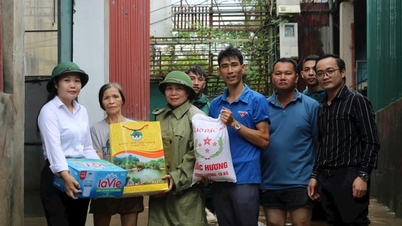

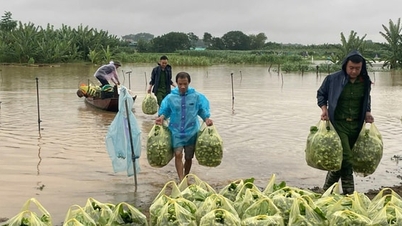
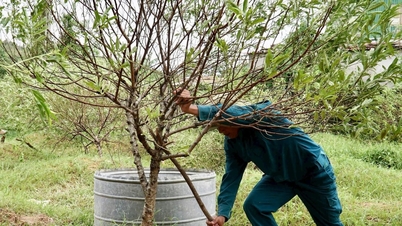


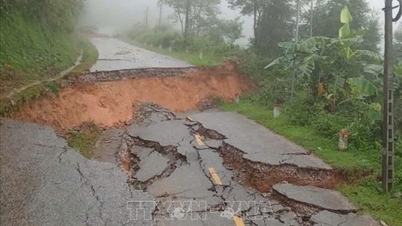
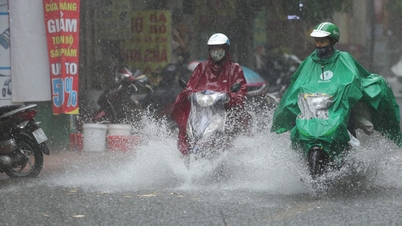




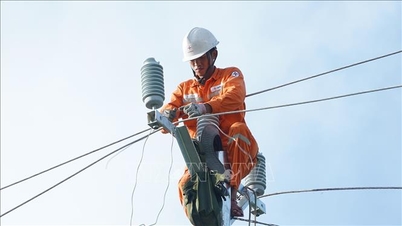


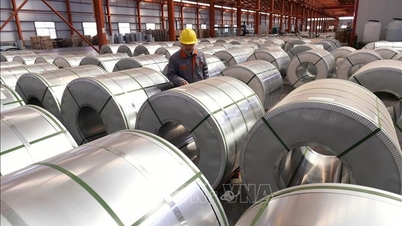








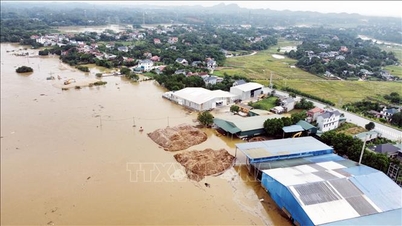
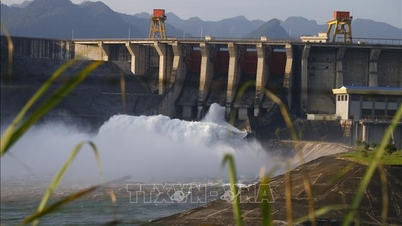

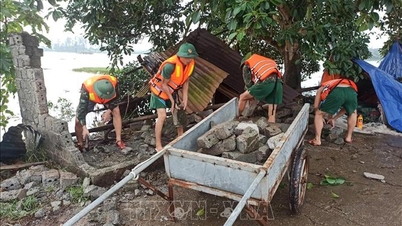














































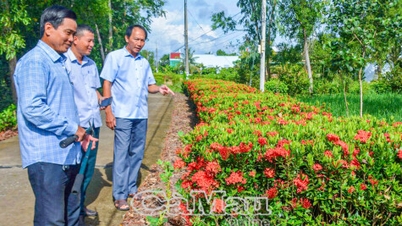

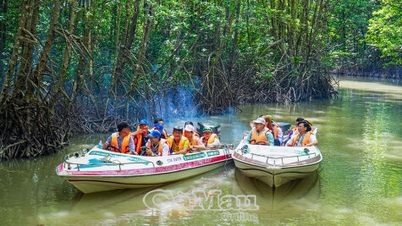














Comment (0)